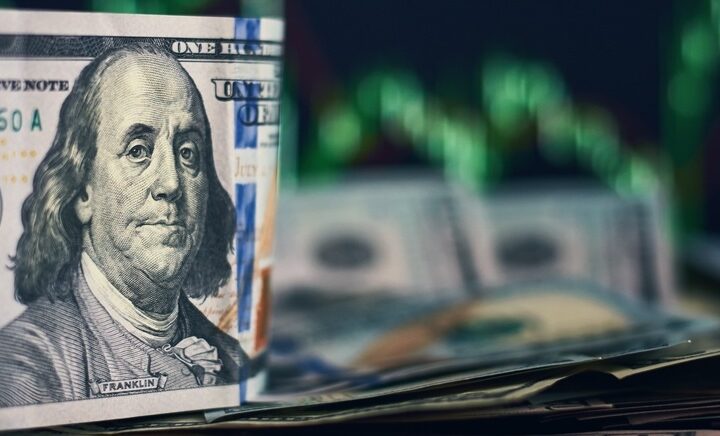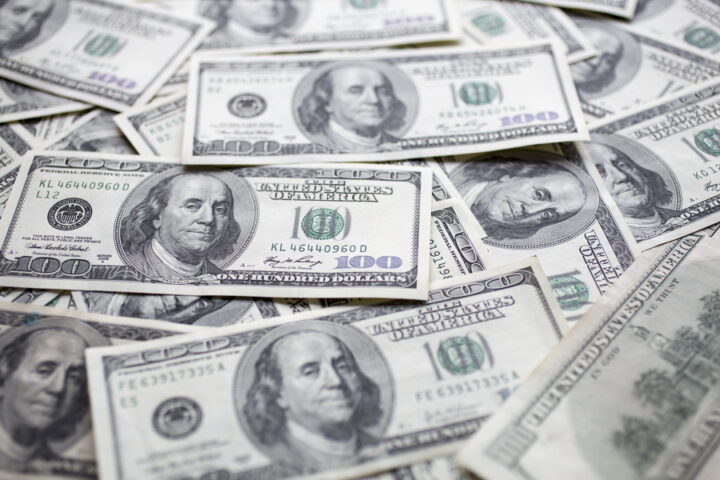The dollar dipped, coming off an earlier four-month high against the yen on Monday but remained broadly supported on growing optimism about the prospects for a U.S. recovery which has pushed up U.S. government bond yields.
The euro also gained some support as purchasing managers' surveys confirmed that euro zone manufacturing activity expanded at its fastest rate in 21 months in December
Investors were focused on U.S. data this week, starting with Monday's ISM manufacturing survey at 1500 GMT and culminating in Friday's key U.S. monthly jobs data, which could give further reason to believe the U.S. is on the road to recovery.
Higher longer-dated U.S. Treasury yields underpinned the dollar, particularly against the yen, traders said, with benchmark Treasury yields rising above 3.9 percent on Thursday, in sight of last year's high around 4 percent.
However, traders said the dollar's upside against the yen was capped by Japanese exporters' selling.
"Data in the U.S. will be watched closely, starting with the ISM data today, and any strength will help support the dollar," BNP Paribas currency strategist Ian Stannard said.
"We have U.S. yields moving higher too, which is significant, particularly for dollar/yen," he said.
By 0913 GMT, the dollar was trading down 0.2 percent at 92.82 yen, though it stayed close to an earlier four-month high of 93.22 yen on trading platform EBS.
Traders said the yen may face resistance heading towards its 200-day moving average around 93.60 yen.
The dollar index, a gauge of the greenback's performance against six other major currencies, dipped 0.1 percent to 77.753, though it was not far off a four-month high of 78.449.
The euro rose 0.1 percent to $1.4341.
The single currency fell earlier as low as $1.4257 on EBS, testing a key chart support level around $1.4229 where the 200-day moving average sits, and in sight of December's low of $1.4218.
"The market is keeping to the trend set at the end of last year, which is to buy the dollar," said Hiroshi Maeba, executive director of FX trading at Nomura Securities.
"But a steady recovery in the U.S. economy is not warranted and there is still a strong possibility that the dollar will resume falling if the employment numbers are worse than expected," Maeba said.
Federal Reserve Chairman Ben Bernanke said on Sunday the economy is only now recovering from recession, but he expressed confidence that the Fed has a "robust strategy" to enable it to tap the brakes at the right time.
Fed Vice Chairman Donald Kohn went further, saying the Fed would need to "begin withdrawing extraordinary monetary stimulus well before the economy returns to high levels of resource utilization," he said.
The U.S. non-farm payrolls report on Friday is expected to show U.S. employers cut 20,000 jobs in December, according to economists polled by Reuters, after the economy shed a much lower-than-expected 11,000 jobs in November.
Data released last week showed the number of U.S. workers filing new applications for jobless benefits unexpectedly fell in the week ending Dec. 26 to the lowest level in about 17 months.







